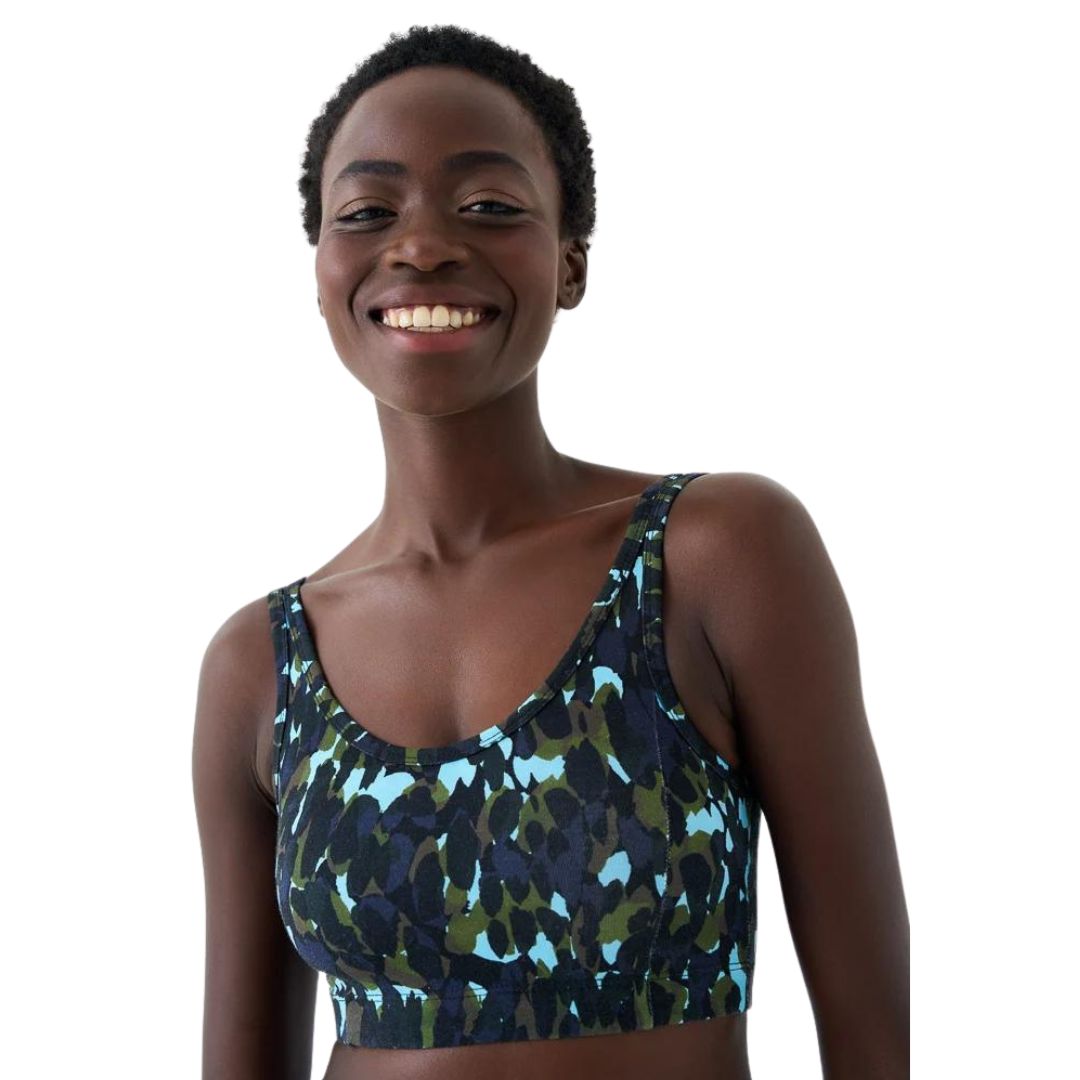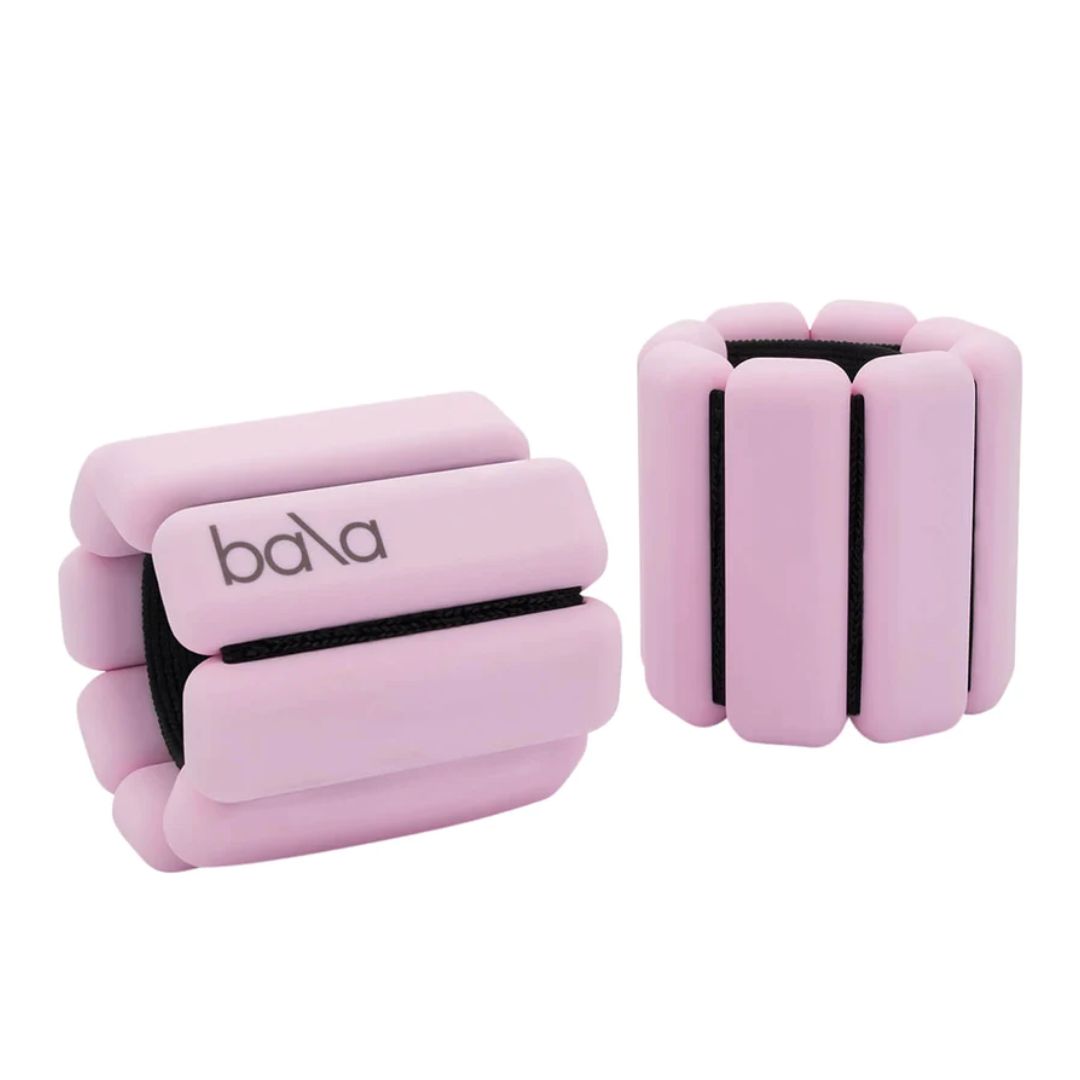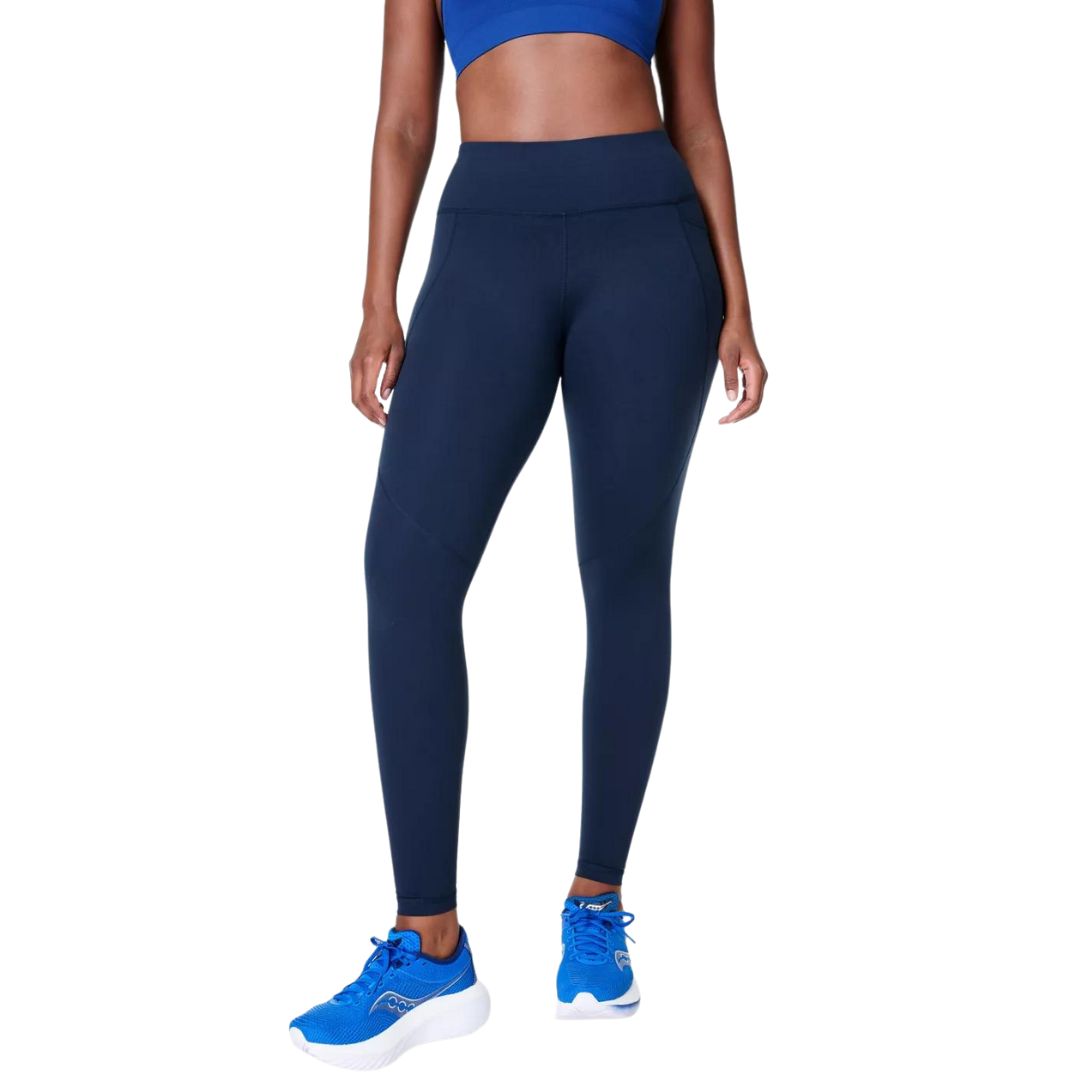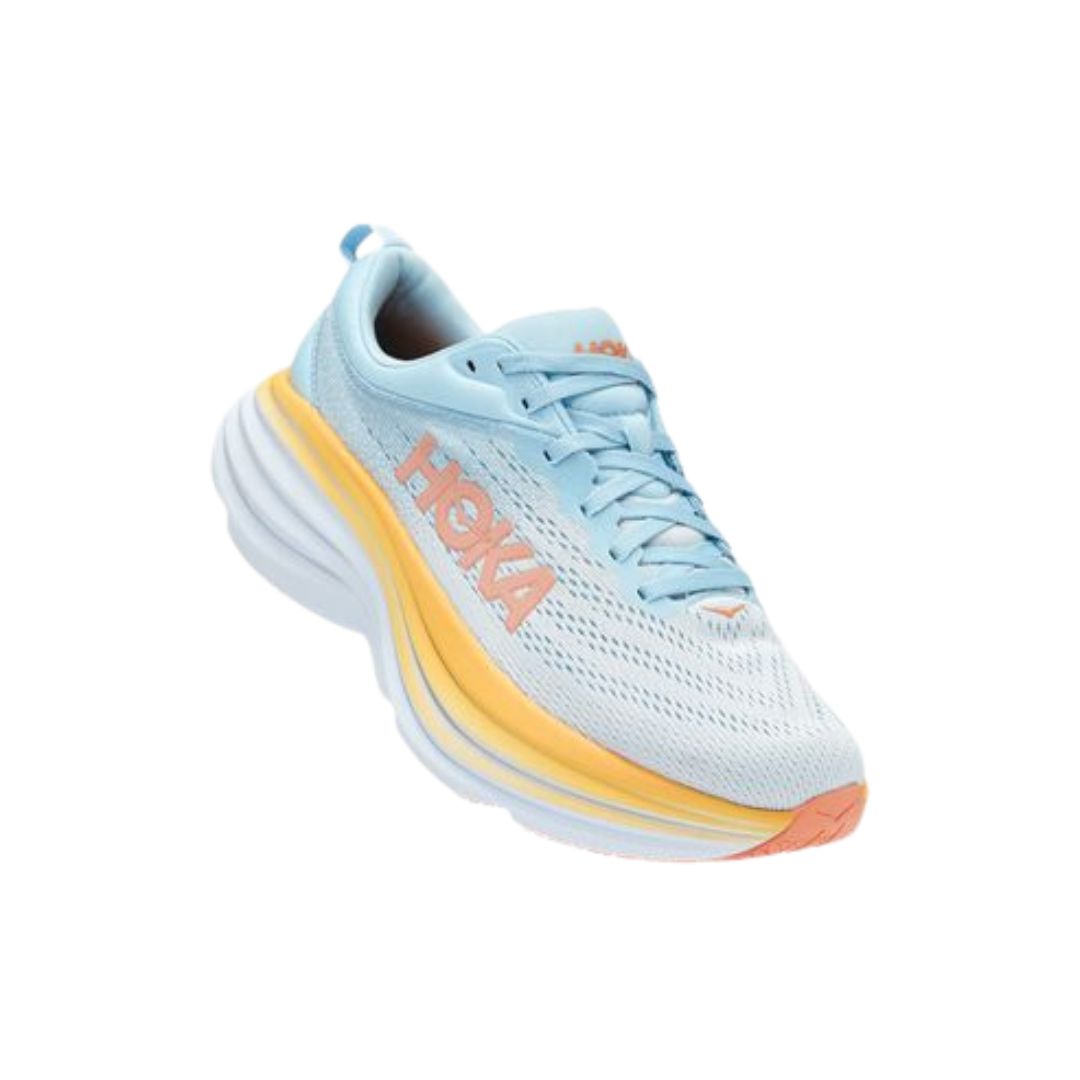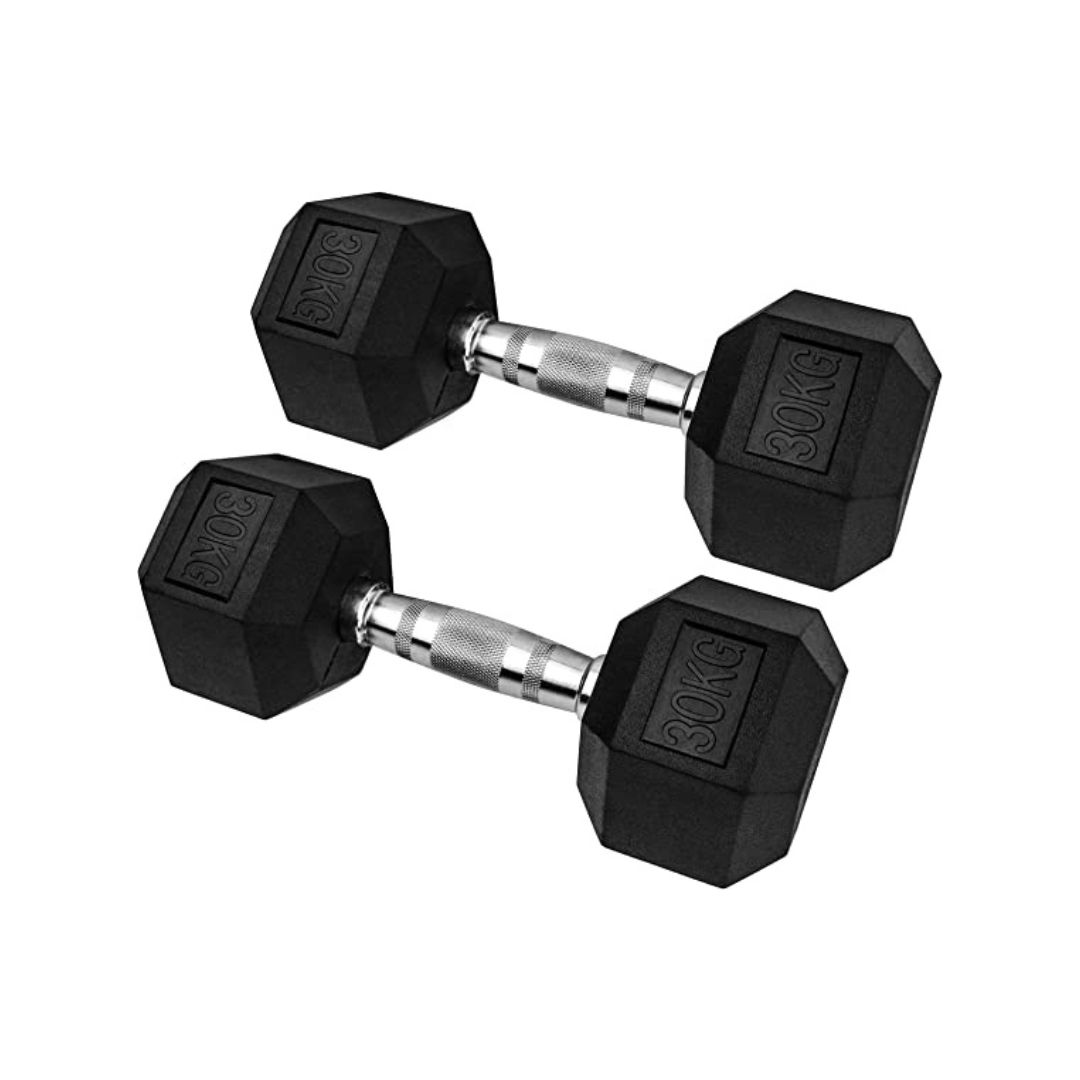Bella Hadid and Kylie Jenner swear by compression therapy post-workout, but does it actually work? I tried it
Spoiler alert: I have some thoughts.


Recovery. You know you should be doing it – and there's usually a connection between leaving class early and the DOMS you feel the day after an intense workout. Yet, so many of us (myself included, as a full-time fitness writer) rush through a cooldown, eager to get on with the rest of our day.
As tempting as it is to hit the showers ASAP after a workout, neglecting recovery can have some pretty major consequences for your fitness routine. Not only can it lead to prolonged muscle soreness in the days afterward, but it also increases the risk of injury because your muscles don’t have time to repair properly. Moreover, you're way less likely to see those all-important gains.
When you're unsure of how to recover properly, it's easy to skip it entirely. That’s where compression therapy comes in. Recently, I’ve seen a tonne of celebrities, like Kendall Jenner and Bella Hadid, jumping on the trend, posting pictures of themselves chilling in space-age-looking recovery boots after a workout session. Apparently, they're a game-changer for easing muscle tension and soreness.
Keen to find out if the technique actually works, I put the trend on trial to see if it's genuinely worth your time. Scroll down to see what happened. And while you’re here, make sure to check out our guide to the best massage guns for releasing stress and tension.
I'd read all about the compression therapy benefits - so, do the space-age boots work?
First of all, what is compression therapy?
Compression therapy involves applying pressure to specific areas of the body, usually through the use of special garments like compression stockings, sleeves, or bandages (runners, IYKYK).
The giant boots you see A-listers wearing on Instagram (called "pneumatic compression devices") are basically a souped-up version of basic compression bandages. The wearable tech uses inflatable sleeves that intermittently inflate and deflate, applying and releasing extra pressure to the limbs.
These devices have long been used by medical professionals to treat chronic inflammatory conditions like lymphedema, but thanks to the stratospheric rise of high-tech wellness kit, these smart, connected gadgets have brought the therapy to the masses.
Celebrity news, beauty, fashion advice, and fascinating features, delivered straight to your inbox!
The biggest product on the market right now (the one you’ve probably seen all the celebs wearing) is Hyperice’s Normatec 3 Legs. So how does it work?
“Following any physical activity, whether it’s hitting the gym or simply running for the bus, your muscles require oxygen and nutrients to mend the strained tissues," explains Gilad Jacobs, founder of NormaTec Recovery. "This essential nourishment is supplied by the circulatory system, which boosts blood flow to the hardworking muscles."
“At the same time, the veins and lymphatic channels work to eliminate waste products like lactic acid and carbon dioxide from the body. These are the culprits behind that familiar muscle soreness and fatigue experienced post-exercise," they continue.
Jacobs explains that the sequential pulsing feature in Normatec 3 boots imitates the natural muscle contractions in your legs. This action aids in flushing out fluids and those pain-causing by-products, expediting oxygen delivery to the muscles and reducing swelling. Ultimately, this process enhances your recovery.
"Many people view these boots solely as a recovery aid, but wearing them before exercising can also heighten oxygen levels in your legs, which is known to generate energy for movement and function" adds Jacobs.
It's worth noting that some scientific research backs the use of PCDs (pneumatic compression devices) in muscle recovery. A 2017 study showed a reduction in muscle soreness when wearing these devices after exercise. However, other studies focusing on cyclists have yielded inconclusive results regarding the effectiveness in recovery, so more research is definitely needed.
@babybella777 Day off , getting ready to go to the airport and fly ta my next job ! You guys like this shit? Health is wealth!!!!!
♬ Crave You (feat. Giselle) - Flight Facilities
What are the compression therapy benefits?
There have been a few studies on the effectiveness of compression therapy, including this 2018 study published in the Journal of Applied Physiology which concluded that wearing the boots enhances both blood flow and circulation.
Other benefits include:
- Improved lymphatic drainage
- Reduced lactic acid
- Improved flexibility
- Improved range of motion
- Quicker recovery time
- Fewer DOMS.
What does compression therapy feel like?
You know that scene in Charlie and the Chocolate Factory where Violet Beauregarde eats a piece of dodgy gum and inflates like a balloon until she's eventually rolled away to the juicing room to be squeezed? That’s kind of what these boots feel like when they’re inflating around your legs. But it’s not painful or uncomfortable.
Setting them up is fairly easy. The box comes with two shoe sleeves, a set of "hoses" (giant wires), and an air compressor with easy-to-use buttons. The gadget also connects to an app where I can plug in my details like height and weight and scroll through a menu of treatments, ranging between 15 to 60 minutes. There’s a choice of short pre-workout compression blasts and longer sessions for sleep, recovery, and muscle soreness. After a five-hour charge, they’re ready to go, so I lay them out on the sofa and slip my legs inside.
One thing to know is that you can wear your clothes while using the Normatec boots, so there’s (thankfully) no chance of being caught in the buff by unsuspecting flatmates or neighbours. After a quick tap of the app, I select a 15-minute pre-run warmup treatment and wait for the boots to do their thing.
The gadget starts by filling up the air around my feet until I’m vacuum-packed tightly inside. Next, it pulses the air around my heels and toes to increase blood flow and movement. The boots have five "zones" in total - feet, ankles, calves, thighs, and hips - which inflate in succession, moving higher up my leg as they go. This creates a pulsating massage effect that helps to move fluids and improve circulation.
There are seven compression levels in total, which can be adjusted to your liking. I start with a level 3, which feels surprisingly intense. Once I get used to the sensation, it actually feels pretty good.

Liz trying the compression boots
What’s the verdict?
After my first session, I unzip my legs and am surprised at how fresh they feel. I’m lighter, more energised, and feel more efficient on my runs.
I’ve started using them for longer recovery sessions in the evening too, which has reduced the usual agony of DOMS and has had a surprisingly great effect on my sleep.
The big reason I like these boots is that they force me to take recovery seriously. When I’m zipped in, I’m basically trapped, so I can’t get distracted and wander off to do something else. But because they’re quiet enough to wear while watching TV or answering emails, I don’t get bored or impatient midway through the session.
The downside to these boots is their cost. At £799 (currently reduced from £899), they are pricey. And not exactly something you can casually buy on a payday whim. Of course, there are plenty of other more price friendly options on the market, too, some of which I've included below.
That said, if you’re someone that already forks out for lymphatic drainage or monthly sports massages, you might want to save yourself the travel time and invest in these bad boys instead.
Shop MC UK's go-to workout kit:
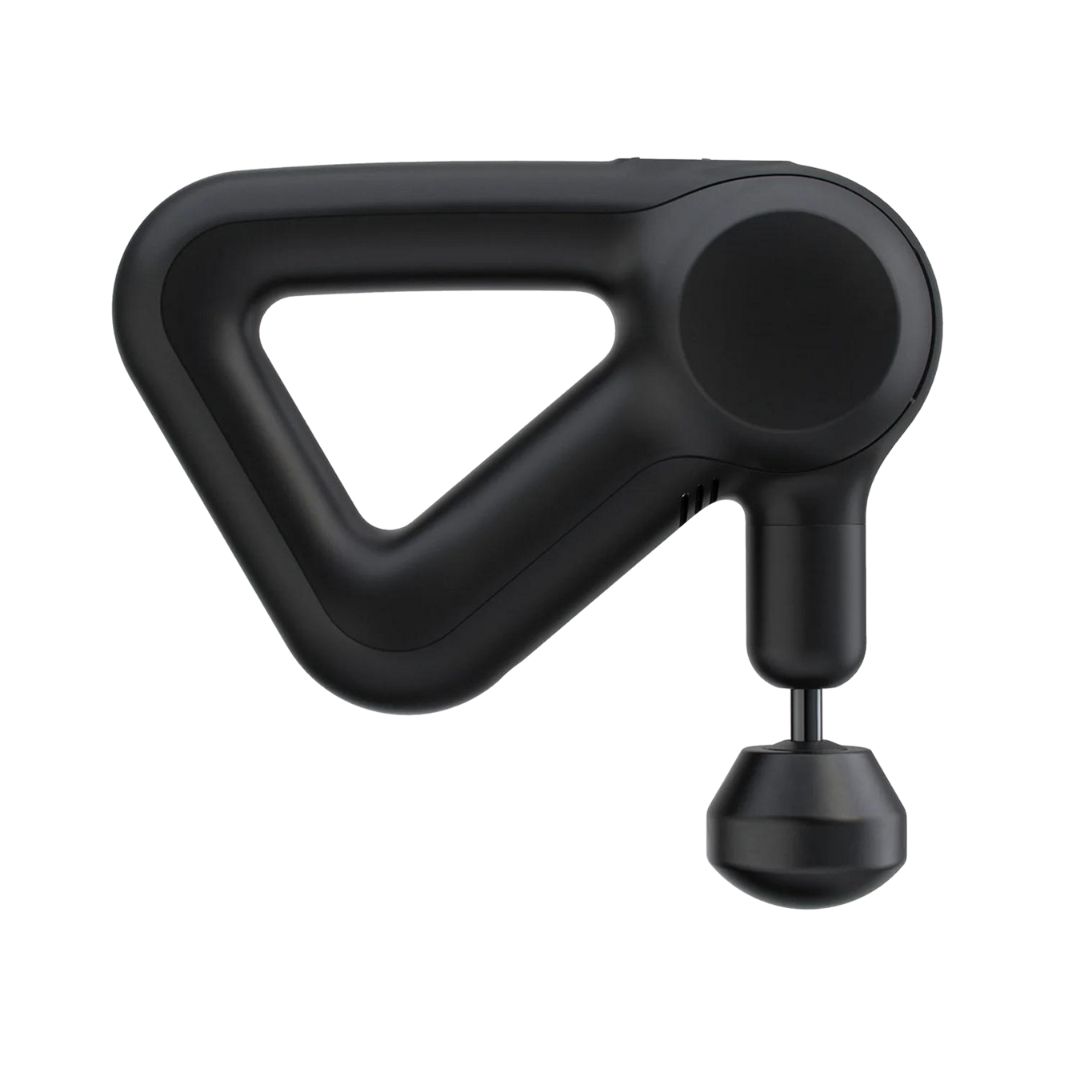
Save 38% this Cyber Monday
This is one of the best investments you can make if you're looking to boost your recovery - a more affordable at home masseuse, if you will. Health Editor Ally Head has this Theragun model at home and uses it to ease tight muscles, aches, and pains.

Topping our guide to the best yoga mats is this super popular 5mm-thick mat that comes with a whole load of cushioning, visual alignment cues and moisture absorption. Put it this way: it’s a deliciously padded mat that you won't mind getting out of bed for.

Liz started her journalism career reporting on fashion at ELLE, GQ and Fashion Beans before finding a love for all things fitness and travel.
Keen to report on her favourite topics, she moved over to the lifestyle desk at The Evening Standard before taking the reins as health and wellbeing editor at news and features agency PA Media. She has also been a senior commissioning editor for the publisher Penguin Random House, finding future bestsellers in the self-development field.
Liz’s features have taken her from fashion front rows to the furthest reaches of the planet, via several hundred sweaty basement gyms in London. Her favourite aspect of her job is getting to write about new trends, whether it’s an under-the-radar travel destination or a TikTok-inspired workout method.
Since going freelance, Liz has written for titles including The Independent, National Geographic Traveller, Stylist, Prospect, Yahoo, and MSN. When she's not writing on her laptop, you'll probably find her at a gig, eating at a new restaurant, or listening to Taylor Swift.

